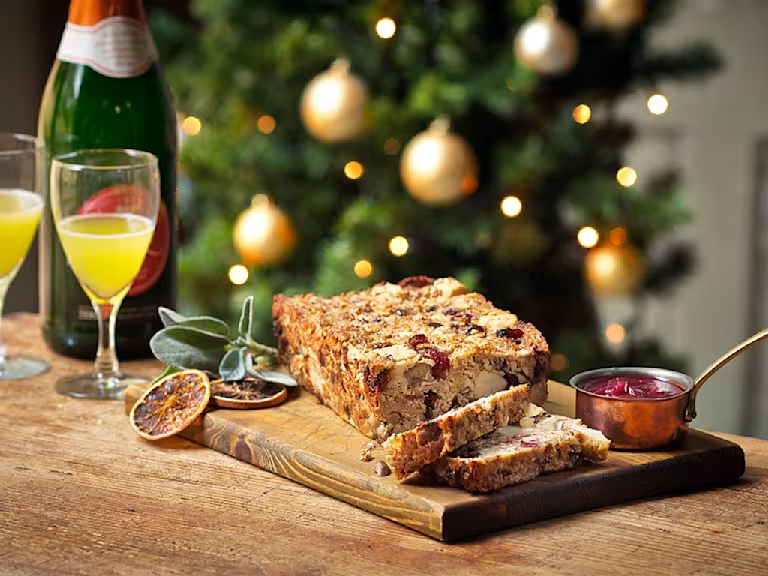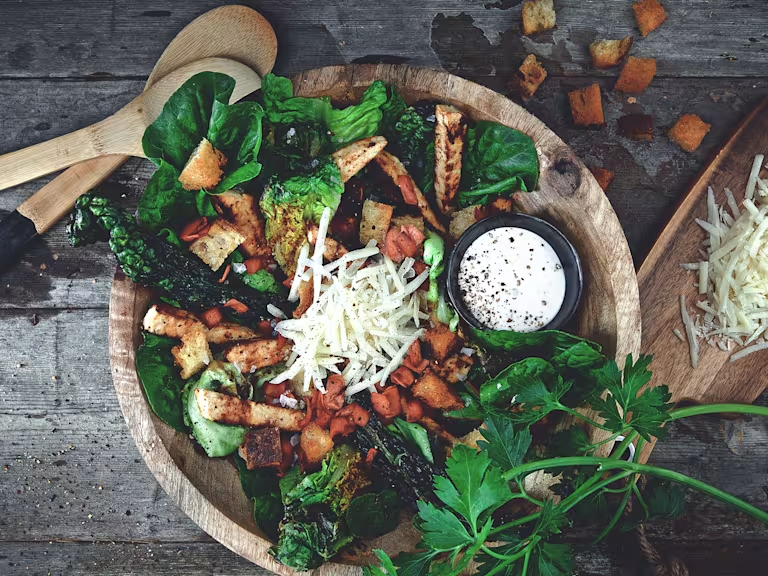
Building a Balanced Vegan Plate

Going vegan can be daunting – especially if you’re completely new to the category and have no idea where to start (we don’t blame you- there’s a lot of options out there nowadays!). You’ve also got to consider the nutritional implications of cutting out big food groups such as meat and dairy, but you are in for a treat because, if well-planned, a vegan diet can be full of beautiful colours, textures and flavours.
If going vegan for the first time, the key for a successful and stress-free experience is making sure you’ve got enough time to carefully plan your meals – at least for the first few weeks while you get used to it. Cutting out big food groups like meat and dairy altogether (basically going cold turkey) requires a little bit of thought about what you are going to replace them with to ensure you’re getting all the right nutrients your body needs. The Vegan EatWell Guide – created by the Vegan Society – is a great resource to lean on when getting your head round what makes a balanced vegan plate.
The plate includes:
Potatoes, bread, rice, pasta and other starchy carbohydrates
- Vegan Society key advice: choose wholegrain or higher fibre versions with less added fat, salt and sugar
- If you and your family are not ready to jump ship to wholegrain versions, why not start off with 50:50?
- These are good sources of fibre and can help us reach our recommended 30g of fibre per day. Eating plenty of fibre is associated with a lower risk of heart disease, stroke, type 2 diabetes and bowel cancer. Choosing foods high in fibre can also keep us feeling fuller for longer and can keep our digestive system happy and healthy, preventing constipation.
Fruit and vegetables
- Vegan Society key advice: Eat at least 5 portions of a variety of fruit and vegetables every day
- Here we want to be aiming for at least 5 x 80g portions of fruit and veg per day. Try and mix it up as diet diversity is great for our gut microbiome and our overall health! Another way of thinking about it is trying to ‘eat the rainbow’ - how many colours can you get in your breakfast, lunch and dinner?
Beans, peas, lentils and other proteins
- Vegan Society key advice: Eat a variety of protein-rich plant foods. Include them in most meals.
- Quorn fits in here! Quorn mycoprotein – the key ingredient in all Quorn products – is 11g of protein per 100g. Quorn mycoprotein is a sustainable, high-protein, high-fibre whole food that is a great addition to a vegan diet. It also contains all 9 essential amino acids making it a complete protein (head to page 4 to find out more!).
Calcium-rich foods
- Vegan Society key advice: choose lower fat and lower sugar dairy alternatives. We should be aiming for at least 2 portions of calcium-rich foods per day. One portion could be 200ml/200g of your favourite fortified plant-based dairy alternative milk or yoghurt. It could also be 70g of calcium-set tofu (like Cauldron!) or 2 slices of soya/linseed bread fortified with calcium.
Oil and spreads
- Vegan Society key advice: choose unsaturated oils and use in small amounts.
- Swapping saturated fats such as coconut oil and ghee for unsaturated fats such as sunflower, rapeseed (commonly known as vegetable oil) and olive oil can benefit blood cholesterol and other heart disease and stroke risk factors. This is due to the presence of mono and polyunsaturated fats, known for their beneficial effect on heart health.
Try to drink 6-8 glasses of fluid per day to keep hydrated
- Alongside water, sugar-free tea or coffee and unsweetened milk alternatives also count towards fluid intake.
- Fruit juices and smoothies should not exceed 150ml per day as they contain free sugars (as the fruit or vegetable has been juiced or blended) and, if consumed in excess, may cause tooth decay. It’s best to have these types of drinks with a meal to help look after your teeth.
Article by Quorn Nutrition’s Registered Associate Nutritionist Holly & Nutrition Intern Zoe. Find them at @quorn_nutrition




